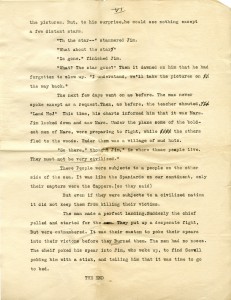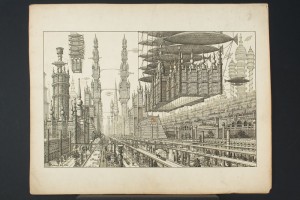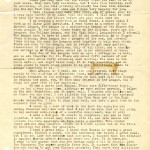While the First World War officially ended at the signing of the Treaty of Versailles on June 28, 1919, major hostilities concluded on November 11, 1918, at the eleventh hour of the eleventh day of the eleventh month. November 11 was thereafter observed as Armistice Day in many of the allied nations, including France, the United States, Belgium, Great Britain, Canada, Australia and other Commonwealth nations. The day originally served to remember the 9 million combatants who had died during the war. After the Second World War, veterans of that conflict pressed in the United States to have November 11 become a day on which all veterans of military service would be honored, irrespective of when they served in the U.S. Armed Forces. President Dwight D. Eisenhower, himself a veteran of both the first and second World Wars, signed the enabling legislation into effect in 1954.
Today, although all combatants from “war to end all wars” have died, we grapple still with the legacy of that terrible conflict which spawned several national revolutions, reshaped the map of Europe, led to the Second World War, and directly or indirectly occasioned the creation of the modern states of Iraq, Saudi Arabia, Jordan and ultimately Israel.
The First World War is regarded as a watershed event in the history of warfare, society and culture. Government powers (taxation, rationing, conscription) significantly expanded in many nations in order to mobilize entire economies to fight a technologically advanced and industrially intensive war of such great geographic extent and duration. Propaganda reached new heights of pervasiveness and persuasive power as governments increasingly saw the necessity to garner and maintain broad public support in favor of war policies in the context of broad literacy rates and mass suffrage.
One of the most prominent manifestations of the new propaganda was the war poster, many of which have survived in the collections of libraries and historical societies, as well as in private collections. The Special Collections Research Center of the Temple University Libraries hold a magnificent collection of over 1,500 World War I posters which were donated to Temple in 1937 by George F. Tyler who had been a Major in the U.S. Army Field Artillery during the War. Temple’s Tyler School of Art is named for Tyler’s wife Stella Elkins Tyler. Virtually all these posters have been digitized and are now freely available for study in our Digital Collections. An interpretive online exhibition is also offered at: http://exhibitions.library.temple.edu/exhibits/ww1/ .
Jonathan LeBreton, Senior Assoc. University Librarian



